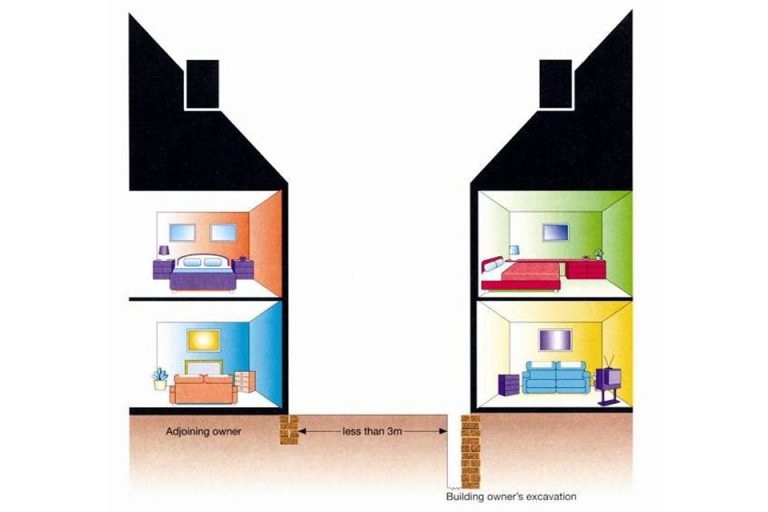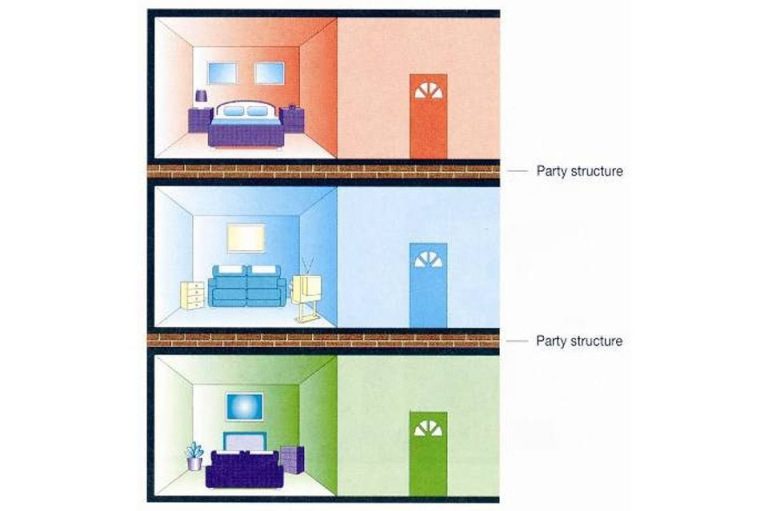The Party Wall etc. Act 1996. More than just Walls!
Dont be fooled by the name there's a lot more to it than would first appear.

The most common Party Wall.
A 'party wall' is a wall that stands astride the boundary of land belonging to two or more owners and either forms part of a building, separates two or more buildings or consists of a 'party fence wall'.

The 3m Rule.
The Party Wall Act 3-meter rule applies when you plan to excavate or build within 3 meters of a neighboring property or boundary line, and the excavation will be deeper than the neighbor's foundations. The rule is intended to ensure that construction is done safely and to reduce disputes with neighbors

Party Structure
A party structure is a wall, floor, or other structure that separates two or more buildings or parts of buildings owned by different people. This can include internal walls, floors and ceilings.

Party Fence Wall
A wall is a 'party fence wall' if it is not part of a building and stands astride the boundary between land of different owners and is used to separate the land such as a masonry garden wall for instance. This does not include wooden fences or hedges.

Line of Junction
A line of junction is an imaginary line that divides the land of two or more owners, and extends upwards. It's different from a boundary line, which is an invisible line that separates ownership of two or more lands

The 6m Rule.
The 6m rule under the Party Wall etc. Act 1996 applies when a building owner plans to excavate within 6 meters of a neighboring property and the excavation will meet a 45 degree downward angle from the bottom of the neighboring property's foundation
